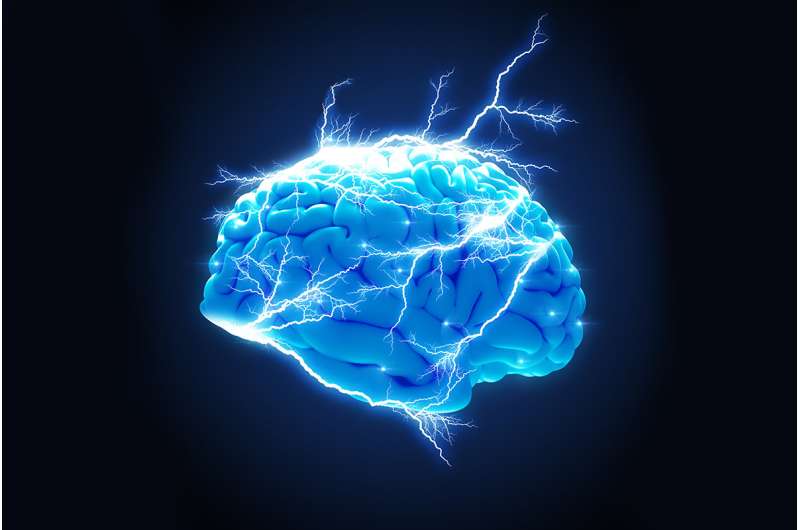Credit: National Research University Higher School of Economics
Researchers from the Higher School of Economics have shown that by stimulating the frontal cortex, a person's financial risk appetite can be increased temporarily. Their article on the cognitive mechanisms of risky decision-making was published in eNeuro , an international peer-reviewed scientific journal published by the Society for Neuroscience.
Neuroeconomics focuses on the neurobiological foundation of decision-making. Economists, biologists and psychologists use a novel interdisciplinary approach to explain the reasons behind certain decisions and inclinations. "The majority of a person's decisions take place under conditions of uncertainty or risk. This is why we were particularly interested in uncovering the neurobiological mechanisms of risky decision-making," explains one of the study's authors, Zachary Yaple, who is also a research fellow in the Centre for Cognition & Decision Making.
To solve this problem, the researchers conducted an experimental game. Each of the 34 participants chose whether they wanted to participate in a lottery that could potentially bring a monetary profit or receive a guaranteed smaller amount. While the participants were making a decision, the researchers delivered a transcranial alternating current stimulation on the left and right frontal area of the brain. The stimulation was delivered online at 5 Hz (theta), 10 Hz (alpha), 20 Hz (beta), and 40 Hz (gamma). The results showed a robust effect of the 20 Hz stimulation over the left prefrontal area that significantly increased voluntary risky decision-making.
The researchers assume that the 20 Hz stimulation led to a change in the internal rhythm of the brain and that this may suggest a possible link between risky decision-making and reward processing, underlined by beta oscillatory activity. Beta waves come about during a state of wakefulness and impact many processes in the brain. They allow a person to concentrate, aid in rapid thinking, and help achieve a goal and work with maximum efficiency. Relatively recently, researchers discovered that beta waves are particularly enhanced in the frontal cortex when a person receives an unexpected reward. Previous studies suggest, that beta oscillations could synchronise (couple) brain structures involved in reward processing. Thus, by affecting beta activity, the researchers could make outcomes of a risky decision seem more appealing.
More information: Zachary Yaple et al, Transcranial Alternating Current Stimulation Modulates Risky Decision Making in a Frequency-Controlled Experiment, eneuro (2017). DOI: 10.1523/ENEURO.0136-17.2017
Provided by National Research University Higher School of Economics






















